|
za 2004 god.
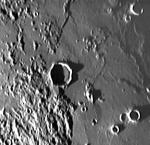 Gambart Environs
Gambart Environs
24.06.2004 | Lunnoe foto dnya
South of Copernicus is the flat floored, 25 km wide crater Gambart. This is a member of a class of relatively fresh looking craters with smooth rims and rough polygonal outlines. Some researchers have argued that Gambart-like craters are volcanic calderas, while other scientists interpret them as secondary craters from the formation of impact basins.
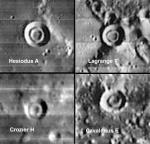 Concentric Craters
Concentric Craters
23.06.2004 | Lunnoe foto dnya
The nearside of the Moon contains more than 11,000 craters larger than 3.5 km wide. Virtually all of them are standard impact craters, mostly small, ranging from very fresh to quite degraded. There are a handful of oddball craters and one of the weirdest and least studied are concentric craters.
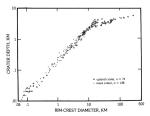 A Fundamental Relation
A Fundamental Relation
22.06.2004 | Lunnoe foto dnya
LPOD mostly features images of the Moon accompanied by a tidbit of knowledge. But commonly in science it is a graphical summary of data that tells some of the most important stories. This graph shows the relationship between crater diameter (horizontal axis) and depth (vertical axis) for 212 fresh lunar craters.
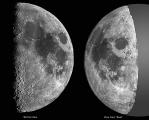 Re-Projecting the Moon
Re-Projecting the Moon
21.06.2004 | Lunnoe foto dnya
Because the Moon is a sphere all features away from the sub-Earth point are seen with distortion that becomes progressively more extreme as the limb is approached. Circular craters look more and more elliptical until, at the limb they are seen in profile.
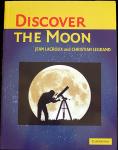 Discover the Moon
Discover the Moon
20.06.2004 | Lunnoe foto dnya
Do you want proof that the Moon is becoming more popular? A second beginner's guide to the Moon is now available! Following on the heels of Peter Grego's Moon Observer's Guide, French observers Jean Lacroux and Christian Legrand have published Discover the Moon.
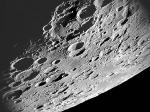 Janssen
Janssen
19.06.2004 | Lunnoe foto dnya
South of the Nectaris Basin the Moon has a sameness of flat-floored craters that makes identification of particular features difficult. One crater stands out as unique in this area of uniformity. Janssen is huge (190 km diameter) and weird.
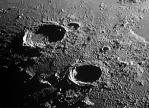 Frigid Buddies: Aristoteles and Eudoxus
Frigid Buddies: Aristoteles and Eudoxus
18.06.2004 | Lunnoe foto dnya
Aristoteles and Eudoxus are two of the largest young craters in the north polar region of the Moon. Aristoteles is 87 km wide and Eudoxus has a diameter of 67 km. These craters look pretty similar, both have terraced walls and hilly floors, apparently veneered with some smooth material - perhaps impact melt. Which is youngest?
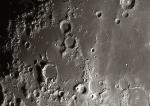 Marsh of Epidemics
Marsh of Epidemics
17.06.2004 | Lunnoe foto dnya
Some lunar backwaters are pretty interesting. Palus Epidemiarum is a marshy region squeezed behind both Mare Humorum and Mare Nubium. To be lava covered it must have been a depression, but there is no convincing evidence for a large crater or basin.
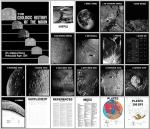 A Classic Returns!
A Classic Returns!
16.06.2004 | Lunnoe foto dnya
During the 20th century there were only two genuine classics of lunar science: Ralph Baldwin's 1949 Face of the Moon that demonstrated that lunar craters were of impact origin and the mare were volcanic lava flows, and Don Wilhelm's 1987 monumental US Geologic Survey Professional Paper 1348: The Geologic History of the Moon.
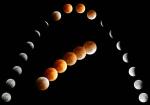 Magnificent Greek Eclipse!
Magnificent Greek Eclipse!
15.06.2004 | Lunnoe foto dnya
Across many parts of Europe clouds and rain blocked the lunar eclipse last evening. But in Athens, Greece, the clouds cleared 45 minutes before first contact and Anthony Ayiomamitis clicked away every five minutes, documenting the changing hue of the Moon as it orbited through Earth's shadow.

